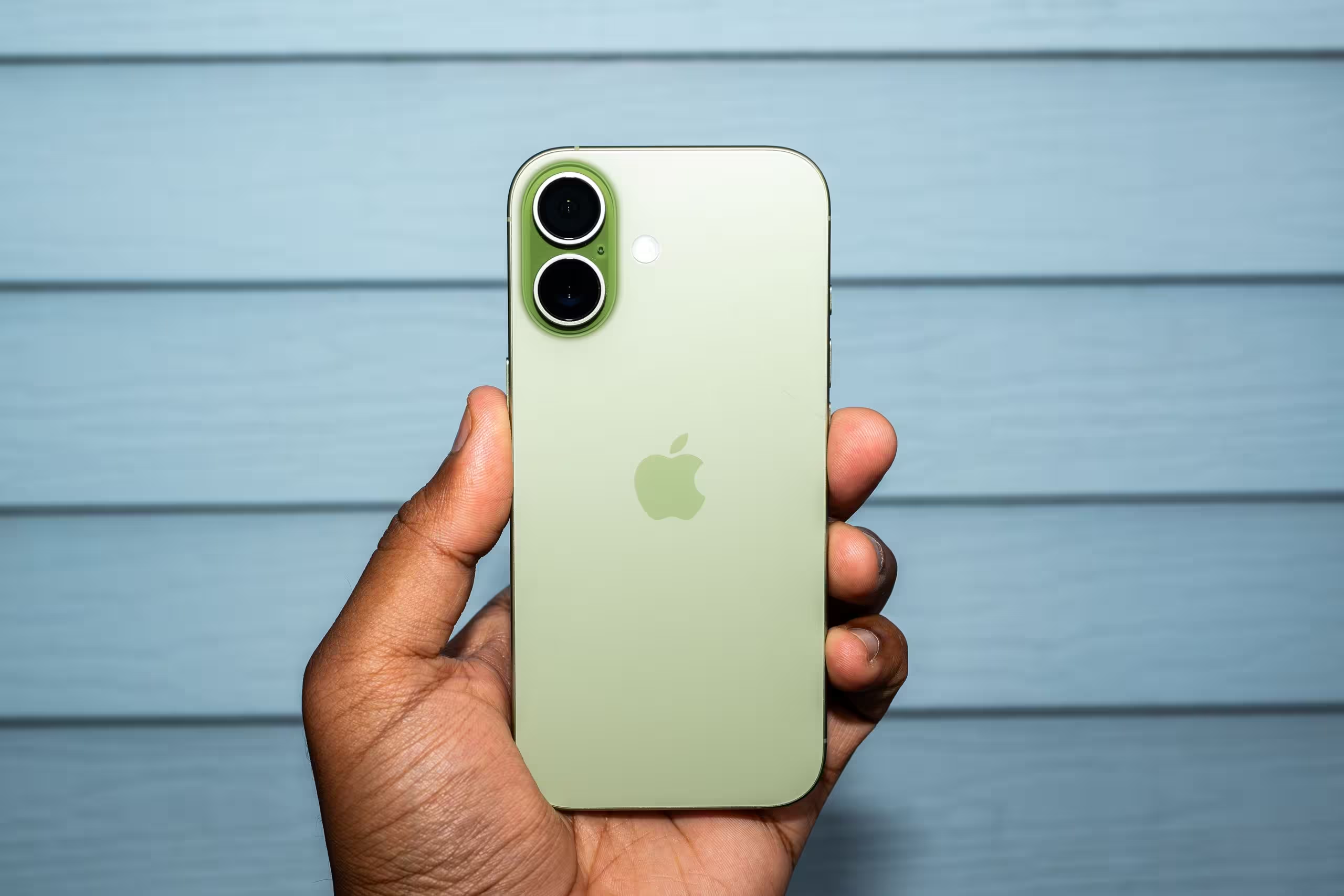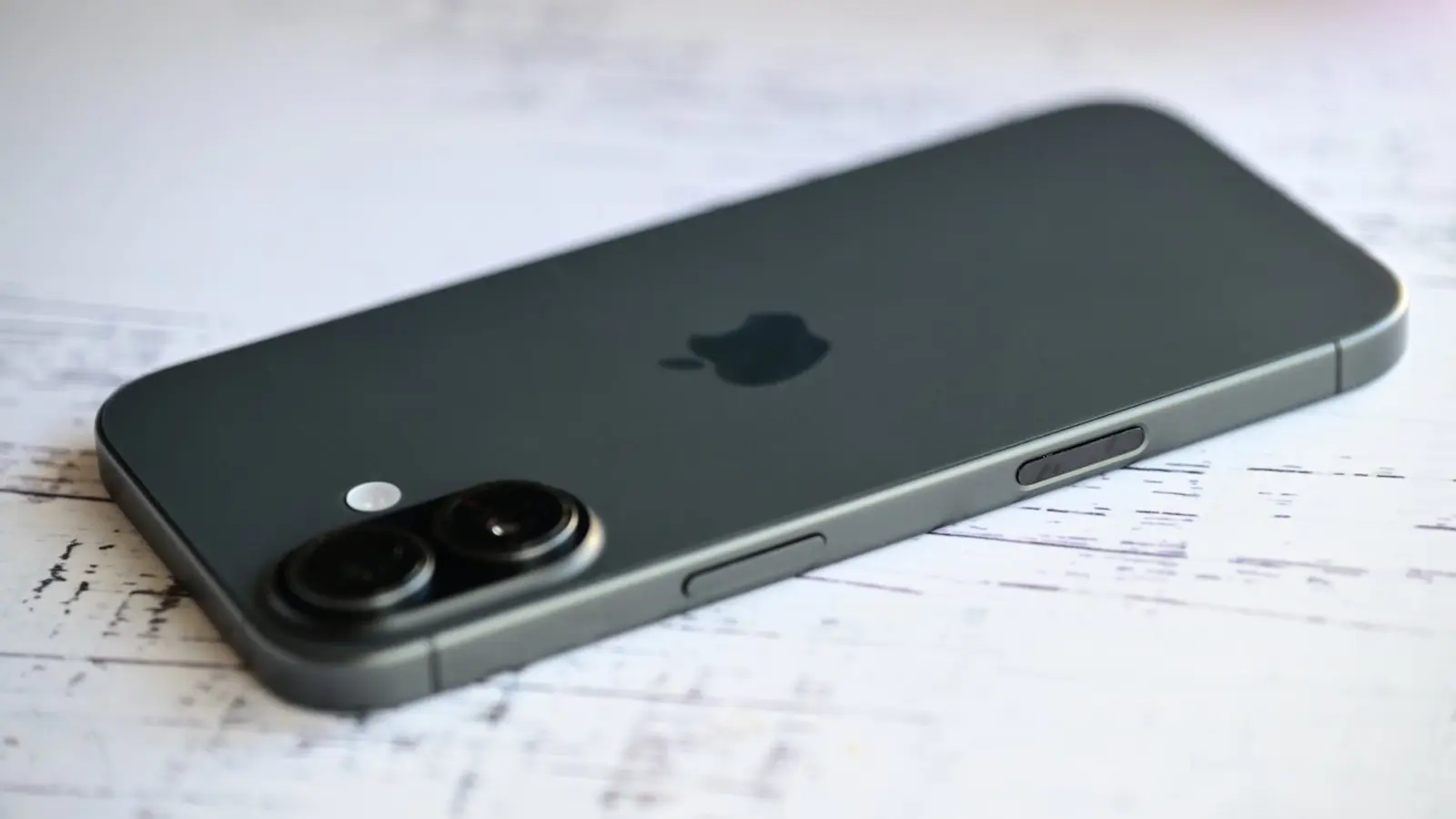3 Minutes
Apple’s newly launched iPhone 17 lineup and the ultra-thin iPhone Air are selling out in key markets, and one of the biggest beneficiaries might surprise you: Samsung. As buyers flock to the latest iPhones, demand for the memory chips powering them is rising — and that’s translating into a revenue boost for Samsung’s semiconductor arm.
Why iPhone demand matters to Samsung
The iPhone 17 series and iPhone Air use 12GB LPDDR5X RAM, a component Apple sources from a small pool of suppliers: Samsung, SK Hynix and Micron. Samsung is the largest supplier among them, so every spike in iPhone sales typically means a proportional increase in orders for Samsung’s memory chips. More orders equal fuller production lines, stronger quarterly revenue and, often, wider profit margins.
Imagine millions of units shipping out in a quarter — that’s a lot of 12GB LPDDR5X modules headed to Apple’s assemblies. For Samsung, those volumes are straightforward dollars: consistent demand from a single, high-profile customer smooths utilization and helps the company optimize manufacturing costs.
Supply constraints and the ripple effects on prices
But it’s not just volume. The broader memory market is also feeling pressure. Memory manufacturers are running near maximum capacity: Apple needs LPDDR5X for smartphones while data-center and AI players are snapping up HBM (High Bandwidth Memory) for accelerators. When multiple large customers push for chips simultaneously, supply tightens — and that’s when prices can climb.

Higher memory prices would amplify Samsung’s gains beyond pure unit sales. If supply can’t scale fast enough to meet demand, Samsung — alongside SK Hynix and Micron — could capture higher margins as contract and spot prices rise. In short: booming iPhone sales could help lift not only production volume but also per-chip profitability.
- What’s being bought: 12GB LPDDR5X RAM for iPhone 17 and iPhone Air.
- Who supplies it: Samsung, SK Hynix and Micron, with Samsung as the lead supplier.
- Market pressure points: rising smartphone demand plus AI-driven HBM orders tighten capacity.
- Potential outcome: higher revenue and margins for memory suppliers if prices increase.
For consumers, this all plays out invisibly — you notice only a new handset in your hand. For investors and industry watchers, the handset’s success sends clear signals through supply chains, showing how a hit phone can buoy chipmakers and shift pricing dynamics across the semiconductor sector.
Source: sammobile


Leave a Comment